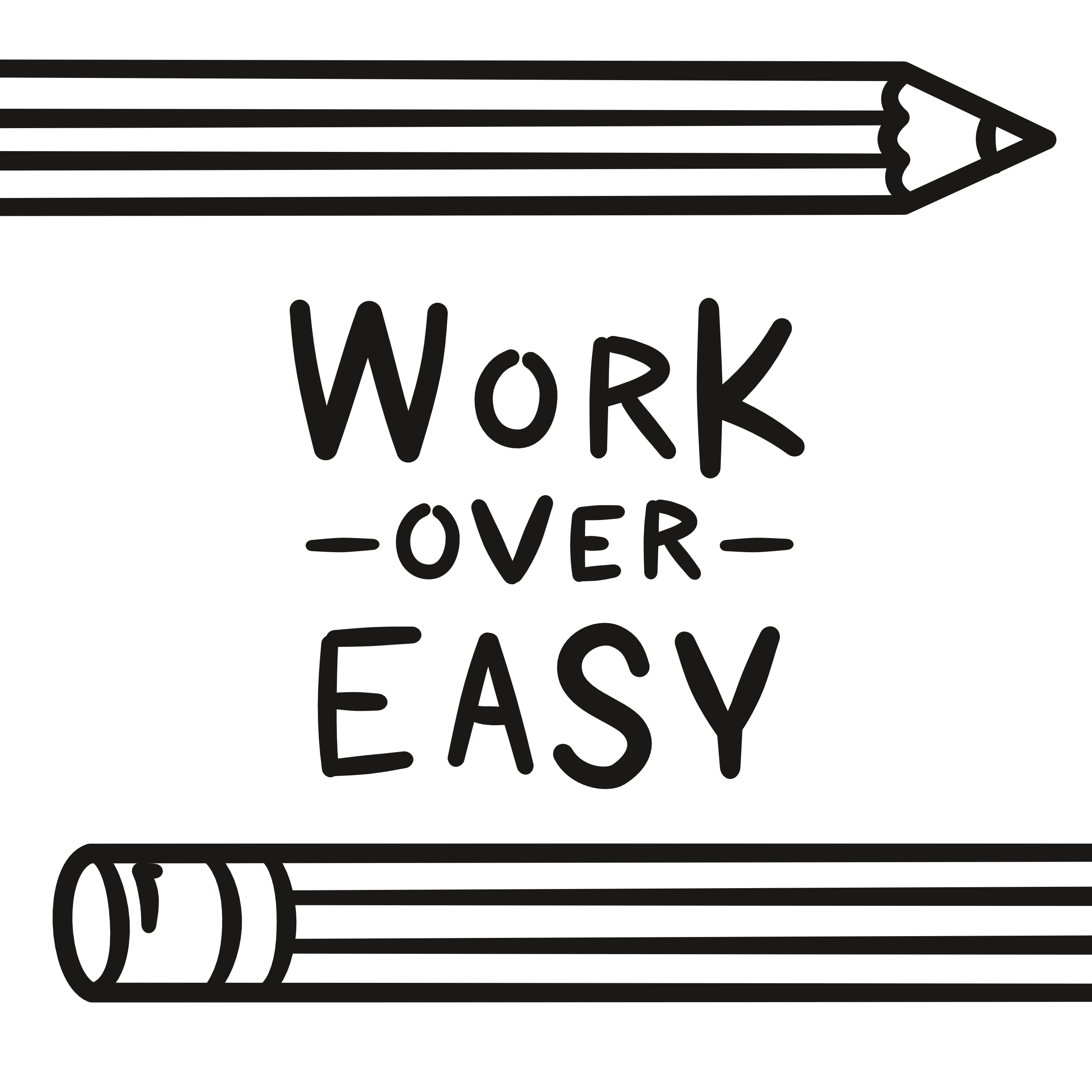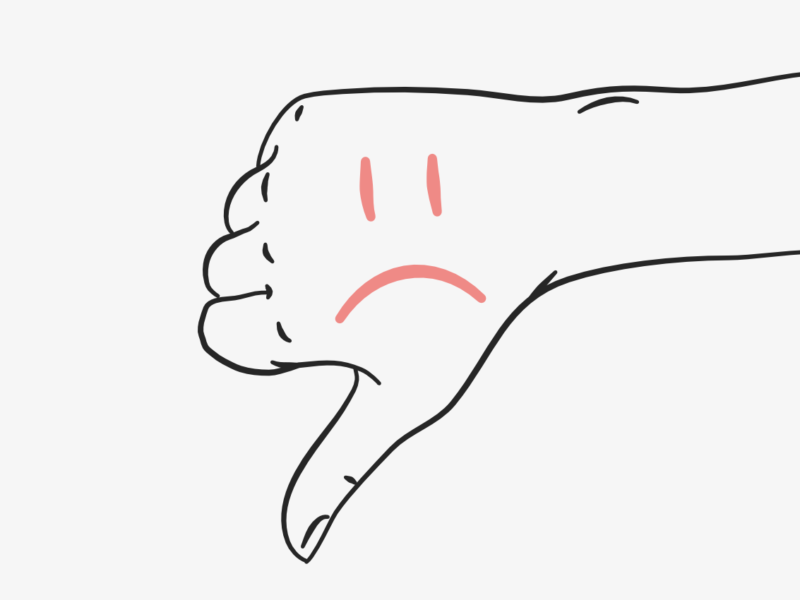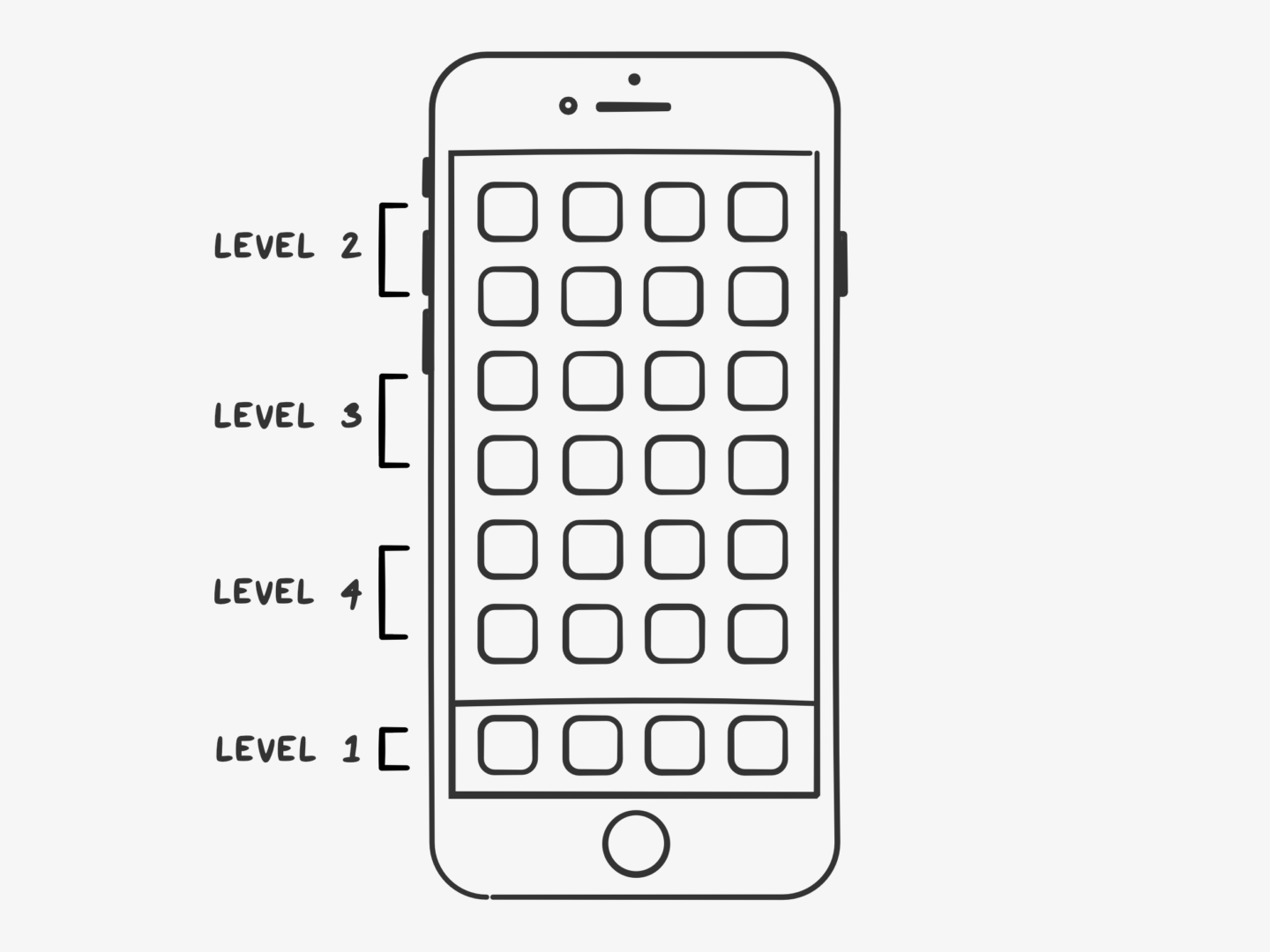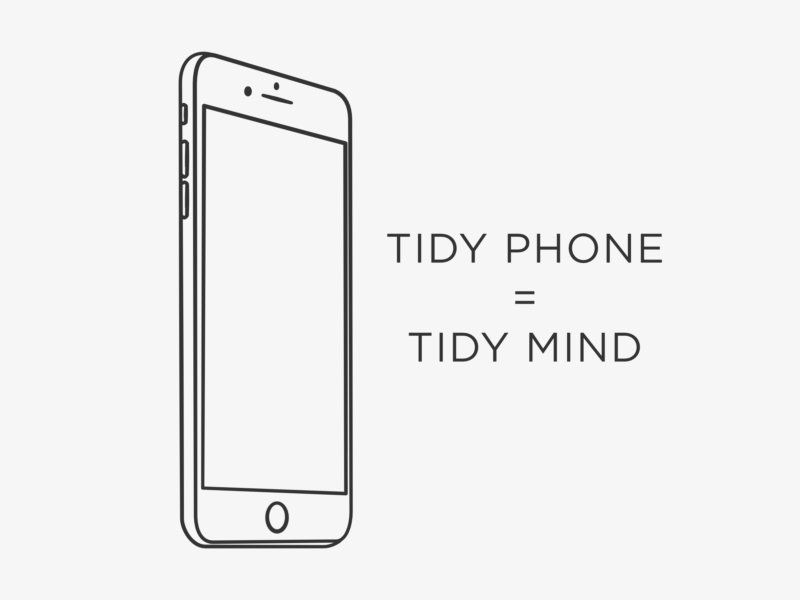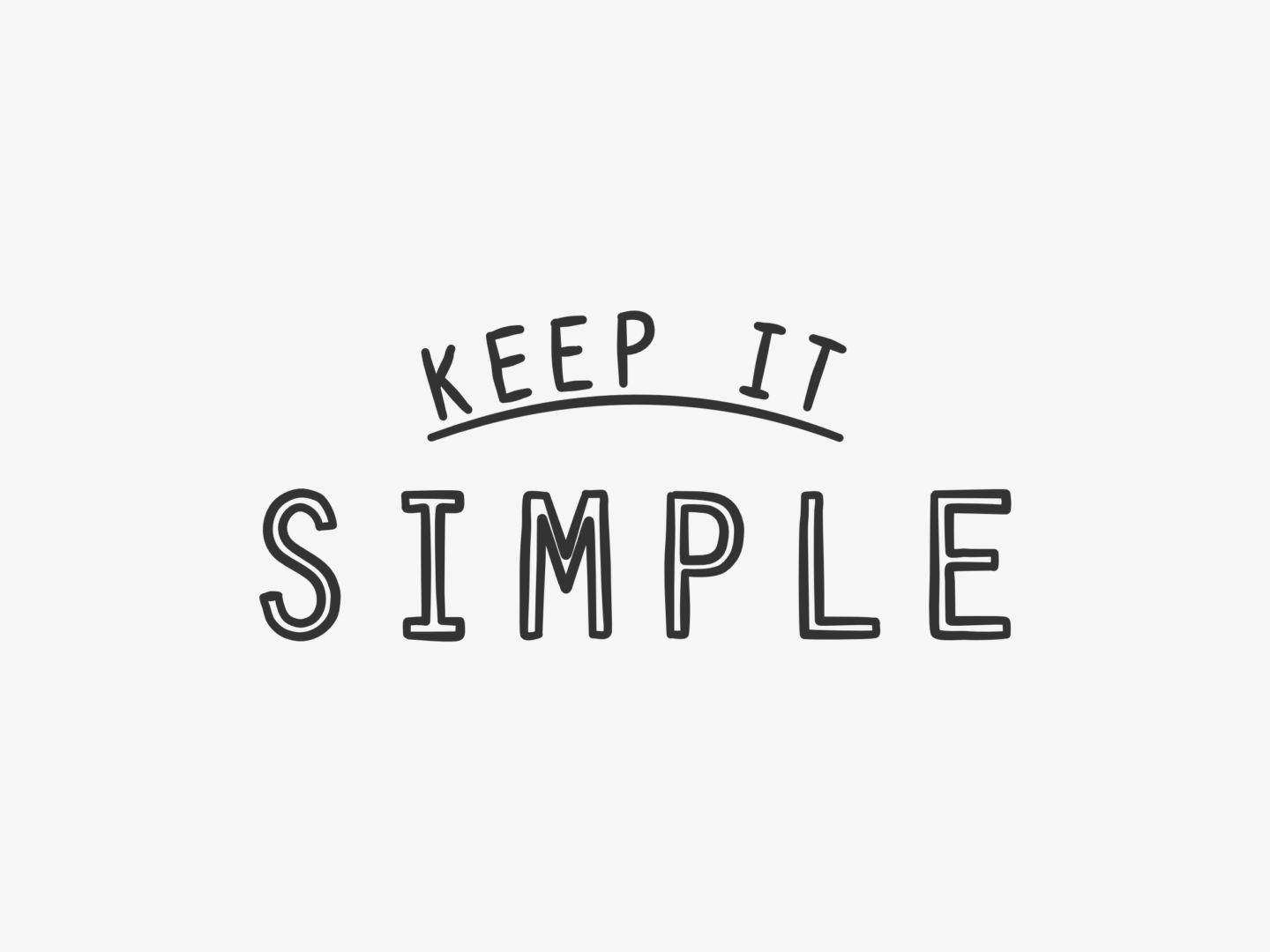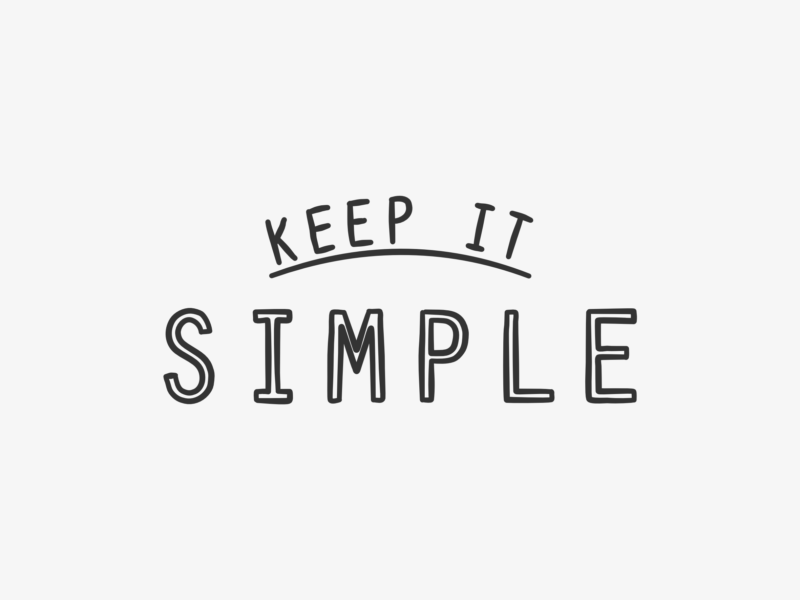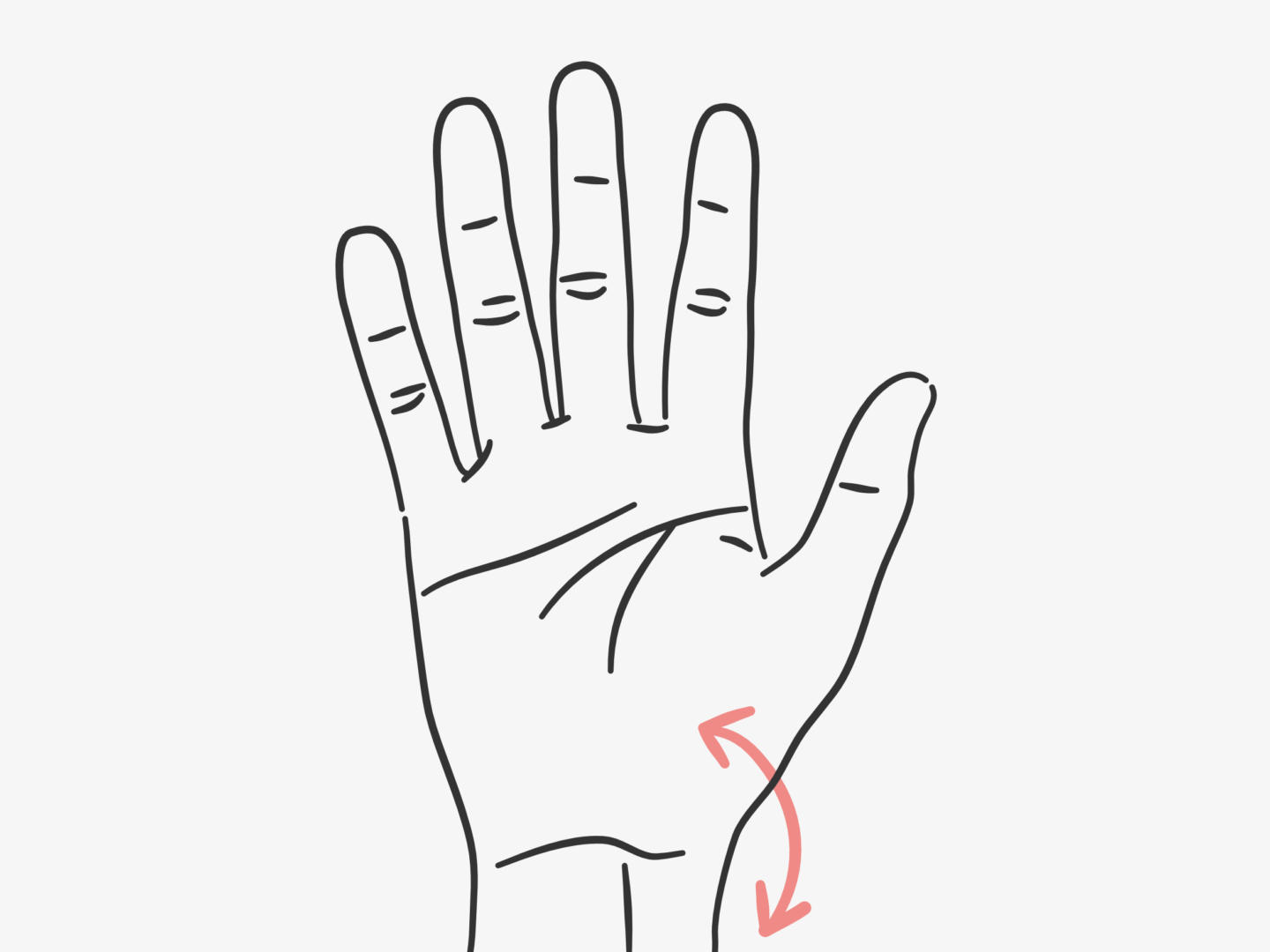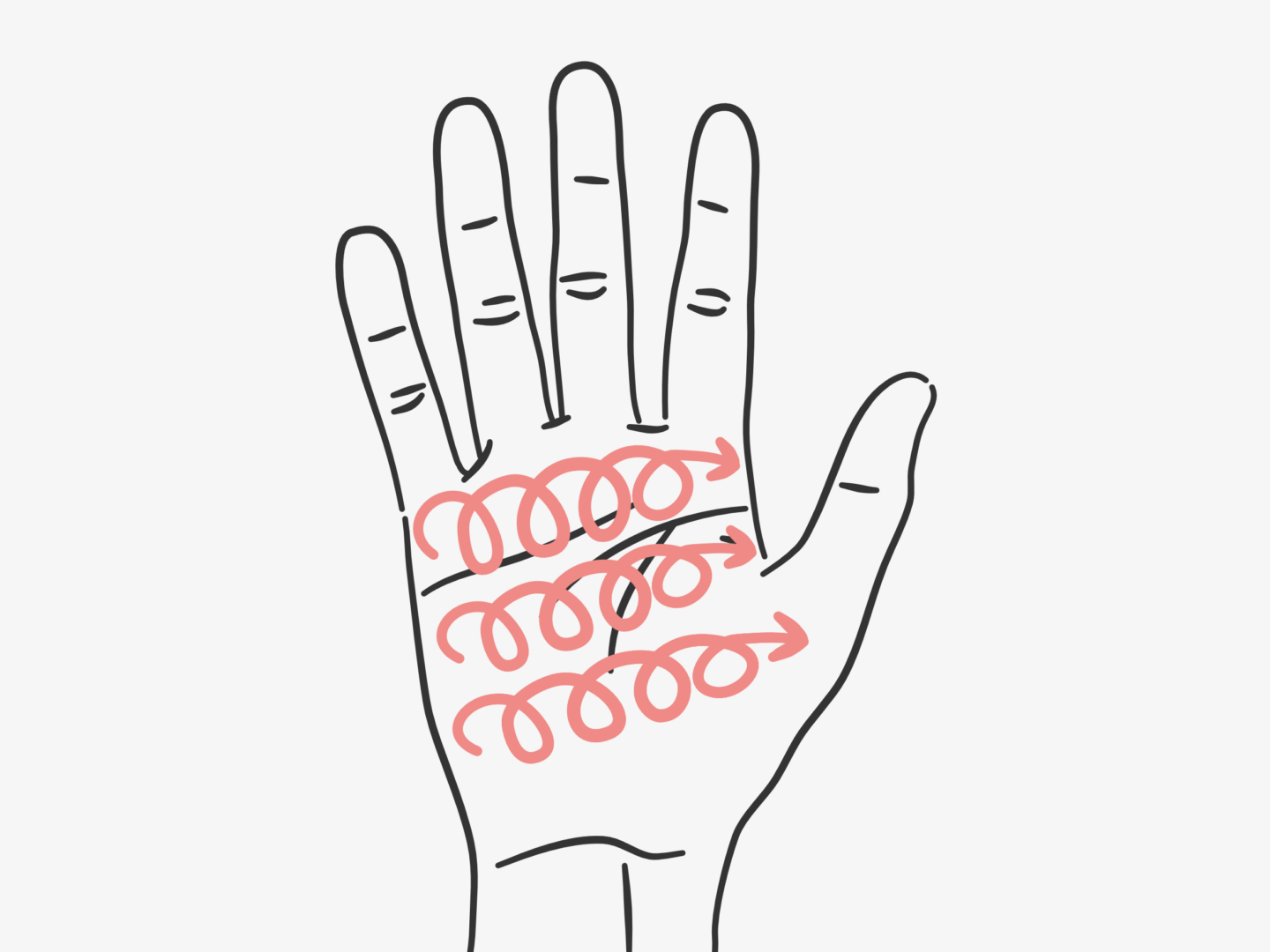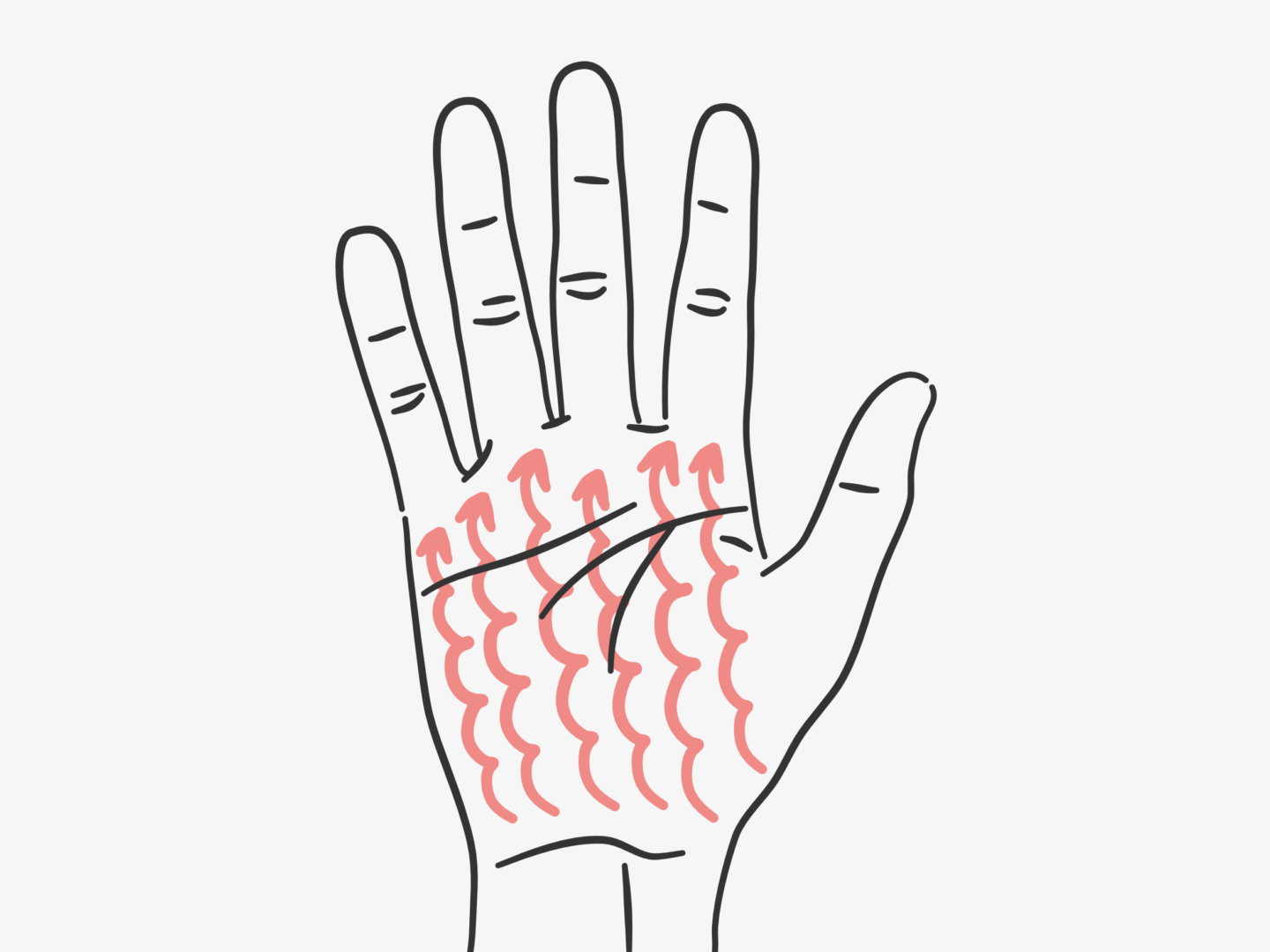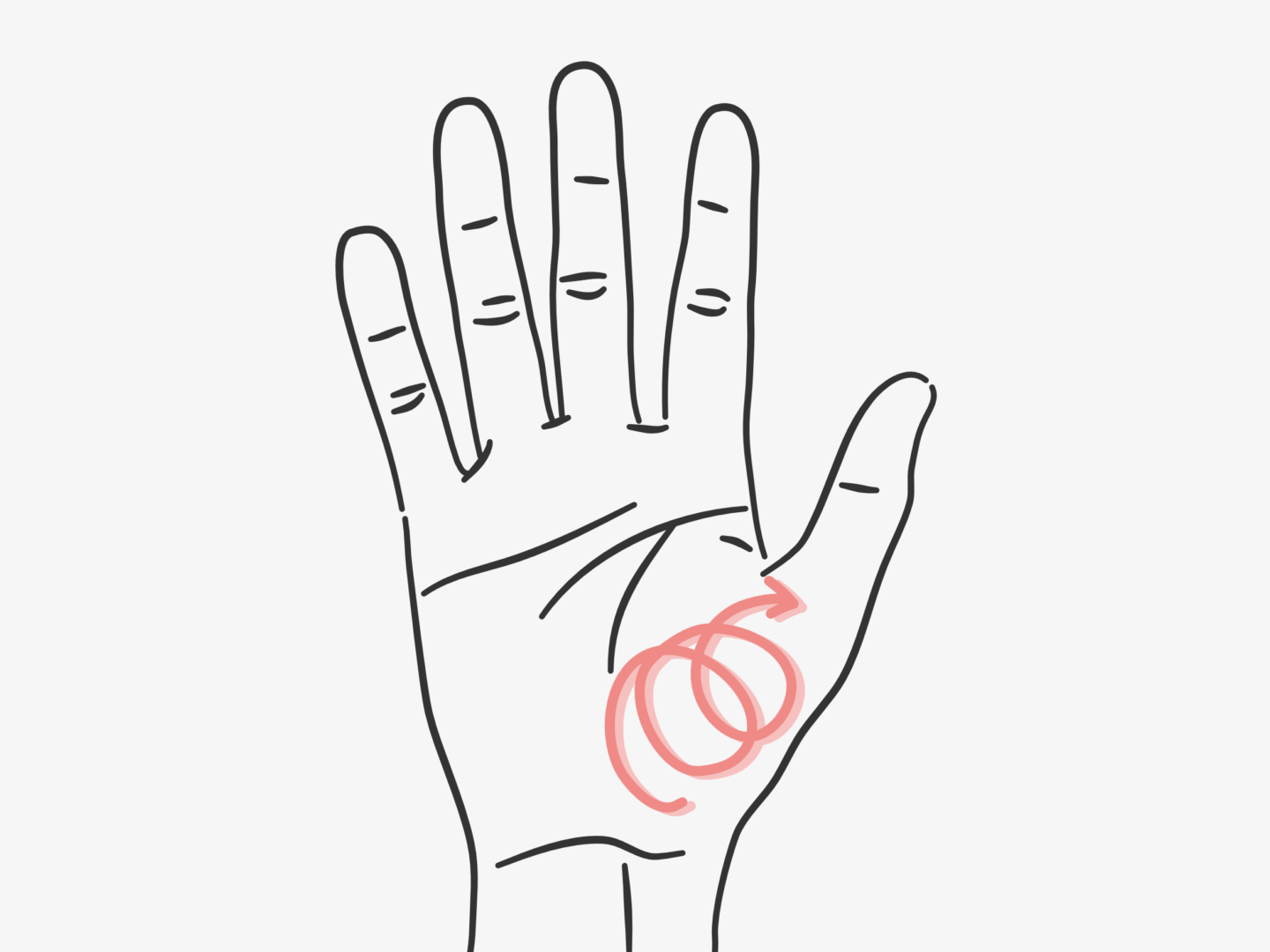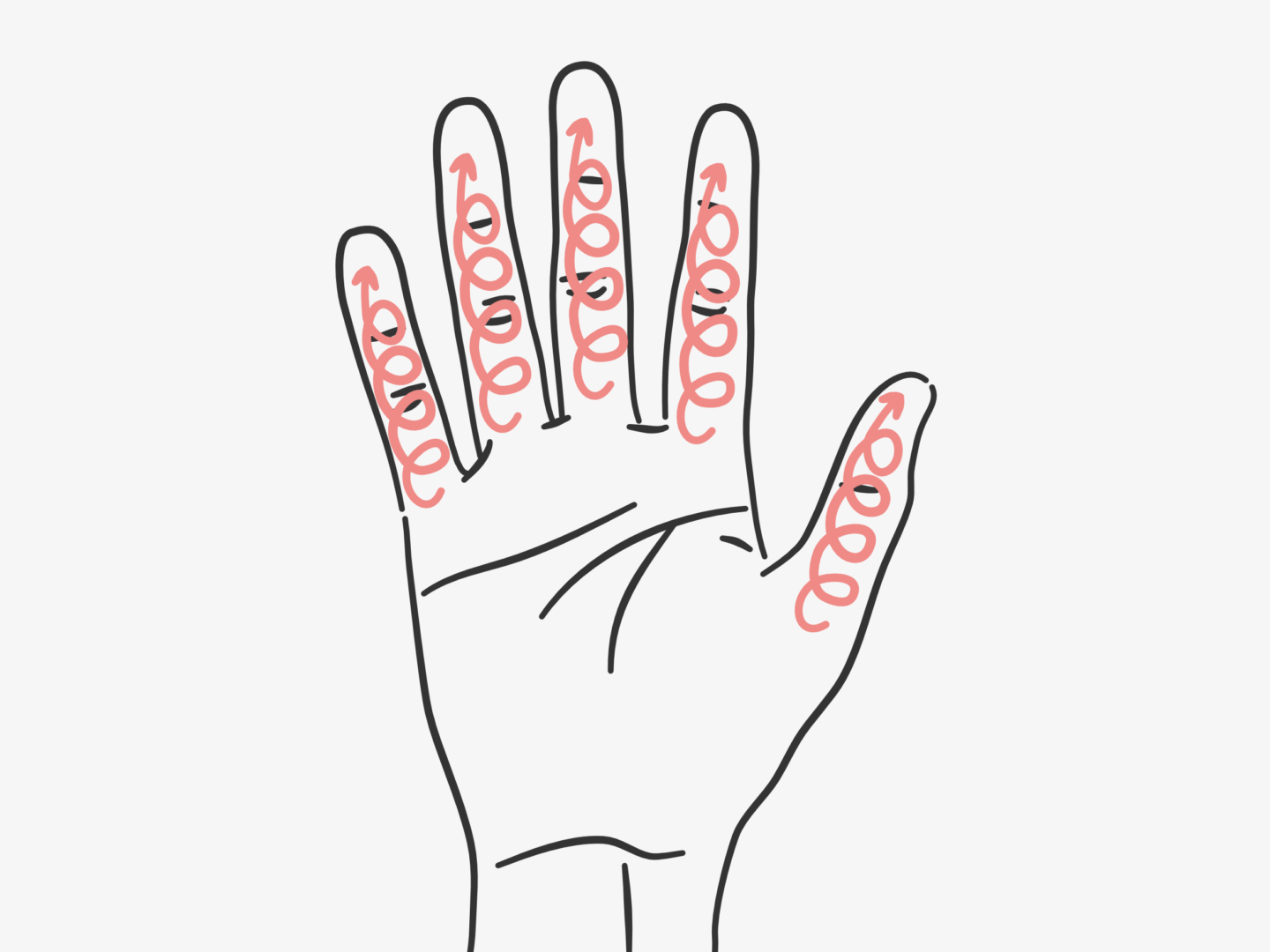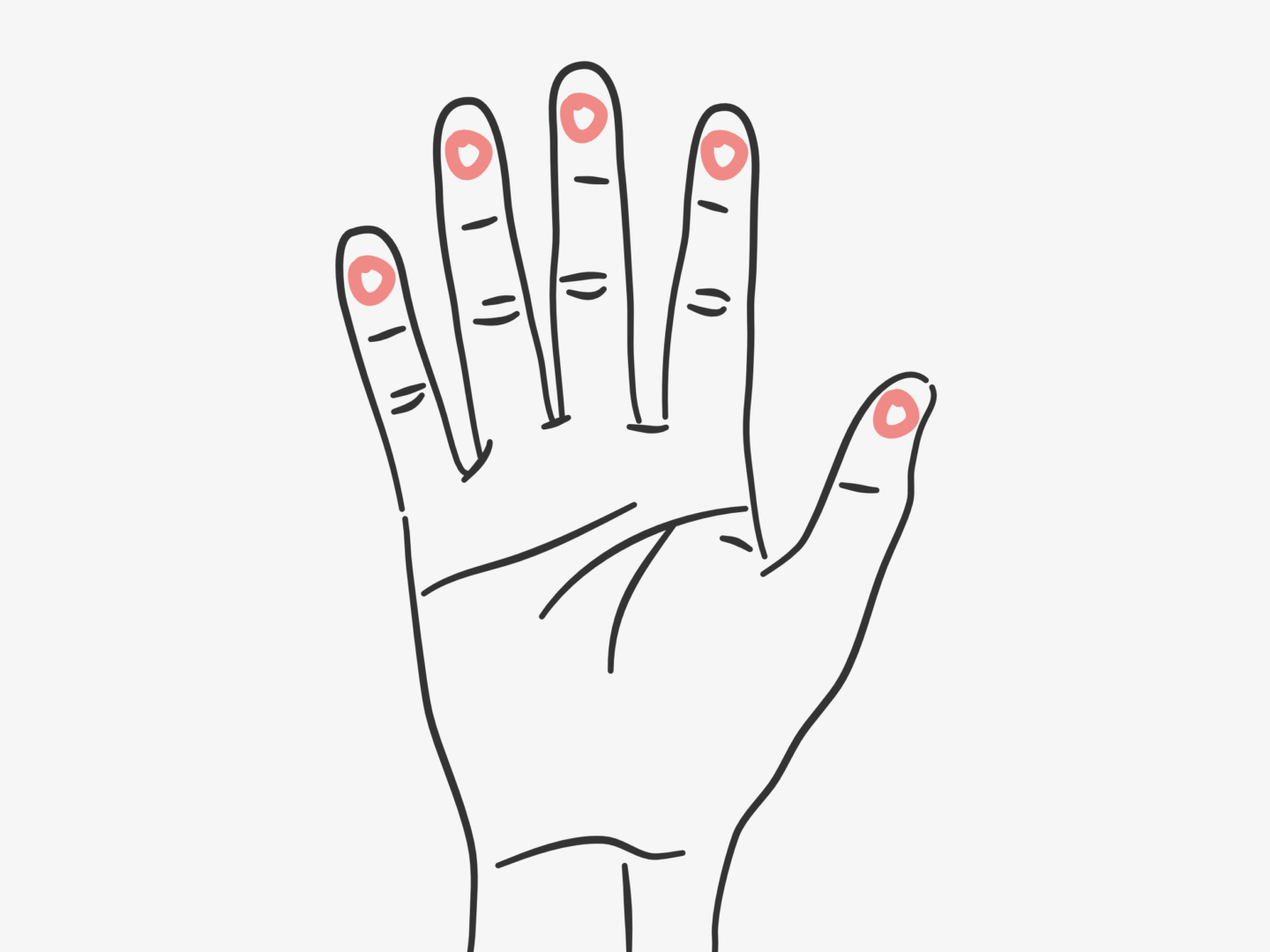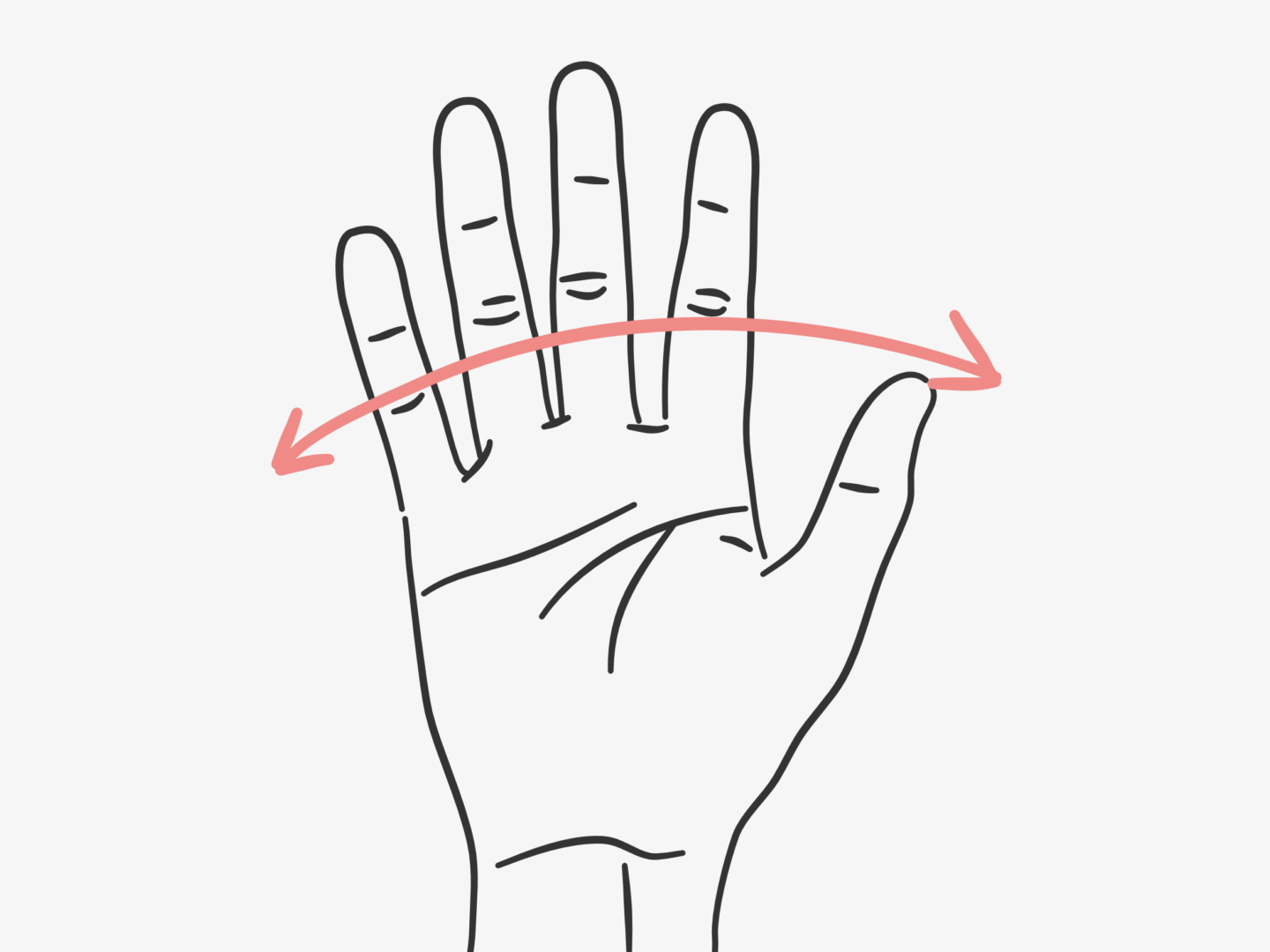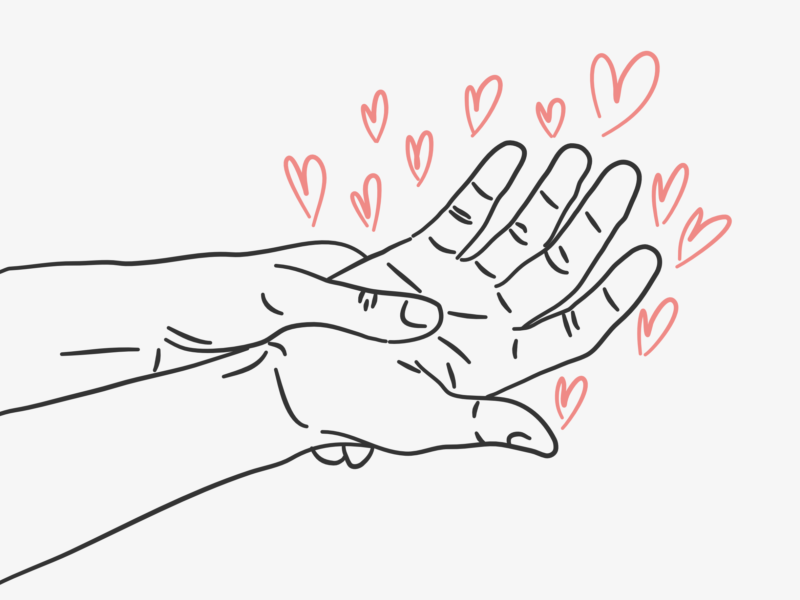Admittedly, I’m not very good at getting negative feedback. I tend to take it completely to heart and spend a while feeling pretty bad about it. In part because I tend to care a lot about whatever I’m working on, and in part because I just haven’t practised getting the most out of constructive criticism. Or, at least that was the case. At the end of my last graduate placement, I got some negative feedback that, while it stung a bit and I probably hung on to it for too long, gave me lots of things I could work on and I think that I have actually made the most of it in the end. So, this is my guide to not (just) feeling bad (I still definitely feel bad – even about the example I’m using) but instead getting better.
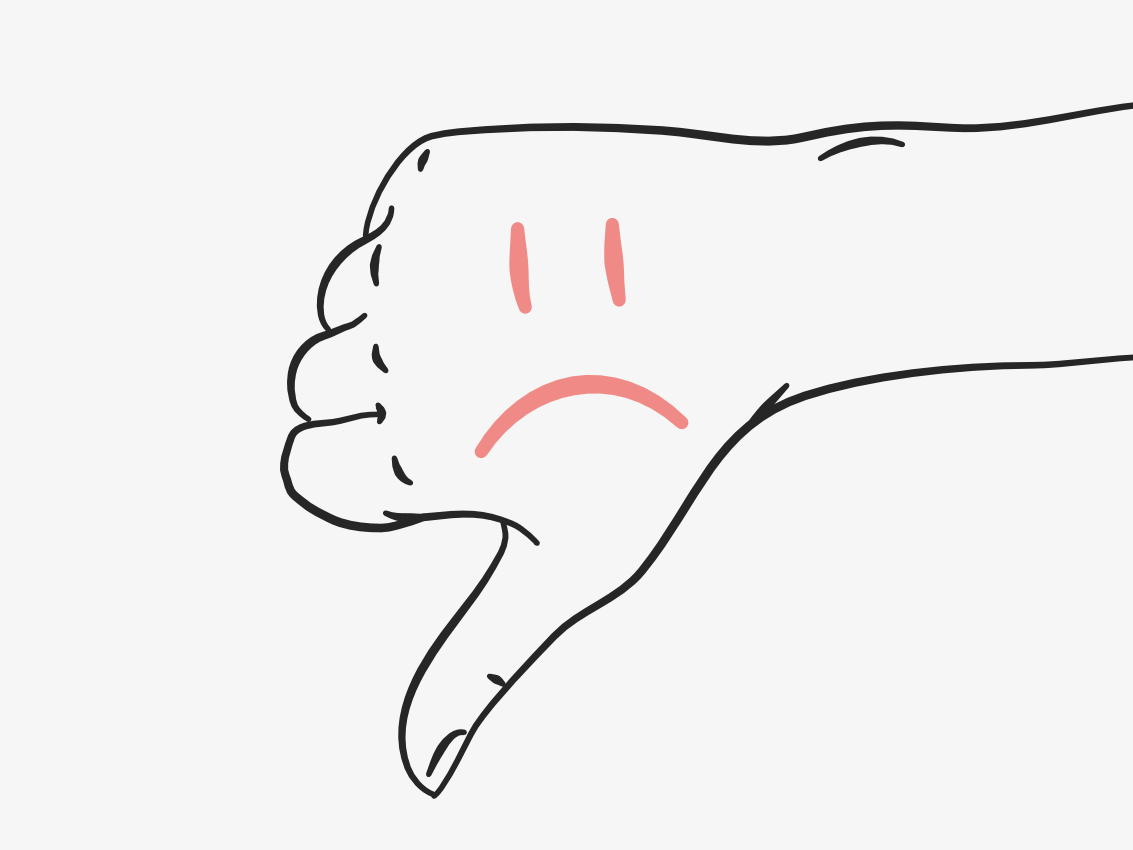
THINK ABOUT THE CONTEXT
Understanding who is giving you feedback, why they’re doing it, and what they’re looking to get out of you, can change how you view what you’re being told. Is this someone you trust? How much of your work have they seen? Is it an end of project review where you’ll get more rounded feedback, or on part way through where you’re looking for tactical improvements? Are they invested in you getting better (if they’re your boss they probably are)? Are you been given feedback against an agreed set of objectives, or are these just the things that have stood out to them?
Also, have a think about your own context. If you didn’t do as well as you thought, was there something else going on at the time, what outside factors had an effect on your performance. For example, the feedback that inspired me to write this was all about a time where I was suffering quite badly from anxiety. Realising that helped me be kinder to myself, but also to realise that I needed to be more proactive in finding a solution to that outside issue, and perhaps even make those I work with aware of it.
LISTEN, THEN RESPOND
Especially if you’re intending to have a continuing working relationship with the person who’s giving you feedback making sure you respond thoughtfully is absolutely key. The most important part of this is actually listening and understanding what they’re saying to you. Try and see it from their point of view. For example, one piece of feedback I got was while I did my work well and in good time, the lady I was working for would have preferred we had a more collaborative relationship rather than me emailing work over. She had written on emails where she had sent me work “if you have any questions please come over and discuss them with me” or something along those lines. To her that had seemed like a very clear invitation for collaboration, especially as that’s the kind of environment she’s used to working in, and I recognise now that I probably missed out on an opportunity to discuss my work with her. However, when she brought this up I also explained that the comments she had sent, to me had come across as offers for help if I didn’t understand the brief initially and that I hadn’t been aware that she had wanted to discuss my work more as she never asked about it afterwards. That way, I took on board what was being said and recognised why I was getting the feedback, but also explained why I had acted the way I had because I felt it was important she didn’t think I was avoiding talking to her. We both came out of it with a better understanding of how we can work together better.
ASK FOR WAYS TO IMPROVE
If someone gives you feedback, and you’re not sure what to do with it, ask! Ask them how you might go about improving, or if there’s one practical thing you can do in the next week to solve the problem. This is just good practice for all feedback sessions, but I think it’s probably most important when you get critical feedback because it makes it much easier for you to put together an action plan and actually get better.
WORK OUT TANGIBLE ACTION POINTS
The thing that has made the biggest difference for me, is making sure I come away from a feedback session with actionable improvements. That means making a plan there and then with more concrete ideas than just ‘get better at talking about your work’. If you can come away from a feedback session with 3 things you can actually do, right now, to get better it will put you in a much more positive frame of mind. Taking the same example of feedback as in the listen and respond section, the main action point I came up with was to ask if someone wanted to go through my work whenever I sent it over, as a way to get around the confusion. I also realised that my not discussing my work more had given the overall impression that I was closed off and not willing to collaborate, so I took it upon myself to lead a show and tell session in my next placement. Then finally, I decided to replace 3 emails a day by getting up and walking over to someone’s desk to physically ask them the question or arrange a meeting. Having something to work on left me feeling empowered rather than hurt (I was still a bit hurt, I’m only human) and it hopefully means I won’t get the same feedback again, instead I’ll get new things to work on.
UNDERSTAND THAT YOU’RE LEARNING
As ever, I’m closing one of these posts with a be kinder to yourself message. But you should always be kinder to yourself. It’s easy to get caught up in always wanting to do well and be good at everything (no shame in that). We’re a generation that’s very good at curating our lives, and outwardly projecting only the finished best bits we want people to see. So, when you get negative feedback you can be left feeling vulnerable, or like you’ve failed. But negative feedback is an important step on the road to getting better and you have to be bad at something at some point. Don’t forget that you’re learning, and don’t forget all feedback will help you with that.
Do you have any advice for dealing with negative feedback? Is there any that you’re working on to improve right now too?

